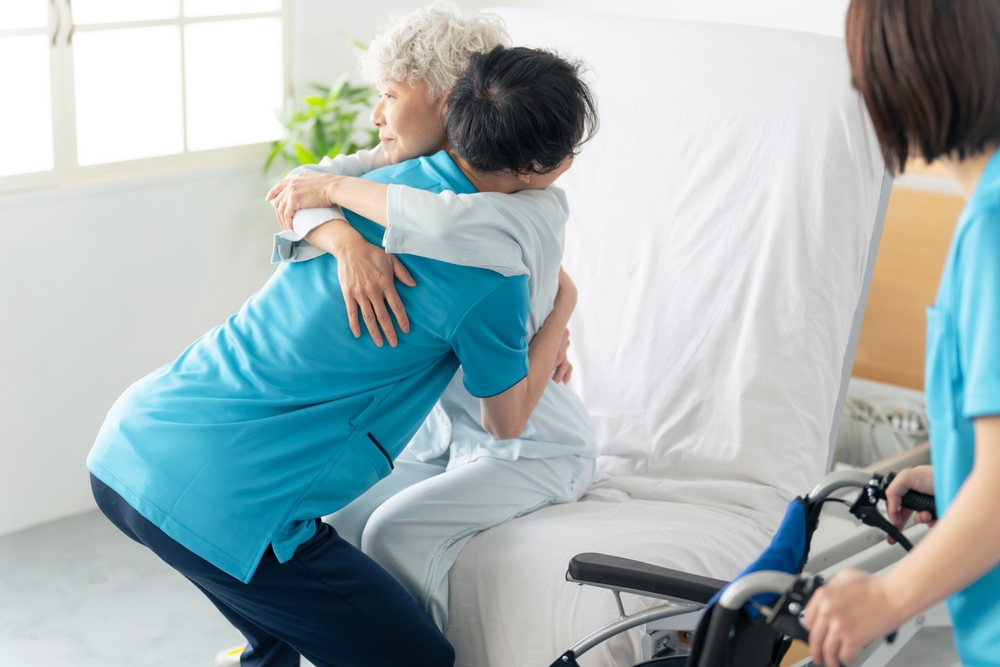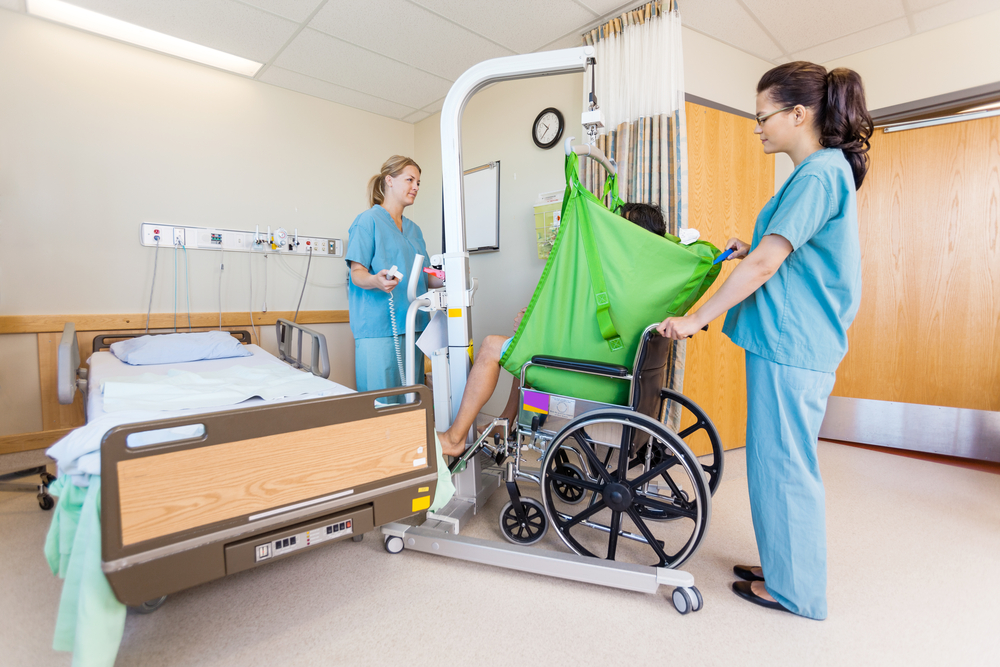Transferring an individual is a process of moving a person from one flat surface to another. From a bed to a stretcher and from a bed to a wheelchair are some of the common transfers. This transfer is often required for a bedridden person who may not be independent (requiring minimal help) or totally dependent. Since transferring a person is not as easy as it seems, it requires the right techniques and following certain guidelines because it all depends on understanding each person’s specific needs. To help you understand better, here is a guide to follow.
What are the general safety precautions you need to follow?

Below are some of the general safety precautions that you must consider when you transfer an individual.
- You need to ensure that you are using the correct body posture during the transfer.
- You need to ensure that you lift and move the person safely.
- You need to ensure that you are not letting his or her arms wrap around your neck or back, as this can injure your back and neck.
- Seek out help if you find yourself struggling to move the person because of their weight.
- To avoid the risk of falls, injuries, or pain, ensure to move the individual smoothly, without quick and forceful movements.
- Make sure you have the right equipment nearby as these will help you transfer the person safely. Some of the best equipment includes slide boards, slide sheets, hoists, and transfer belts.
Related: “Organizing 101 for Seniors”
What do you need to consider before transferring someone?

- Make sure you are aware of the person’s pain, condition, or other problems.
- Make sure to keep some extra pillows around to ensure a smooth transfer.
- Try wearing shoes with nonslip soles, as they will help you have a firm grip on the ground. Also, look around the room to remove anything you might trip over while lifting the individual.
- Ensure that all equipment is locked and not moving, be it a wheelchair or walker.
Related: “How to Take Care of Your Senior After a Hospital Stay”
What do you need to do after you’re done with transferring someone?
- You need to check whether the person is comfortable or not after the transfer.
- If he or she needs to rest, help them sit with their back resting against the back of the chair.
- Double check to ensure that all medical equipment is running correctly.
Conclusion
We hope that the above-mentioned important advice will assist you in providing the best possible care for your loved one. If you need professional help, Home Instead Senior Care is here to help your elderly loved one stay healthy, engaged, and connected to their communities. Give us a call at (910) 421-2548 to avail of our services. Learn more about how we can help by visiting our website.